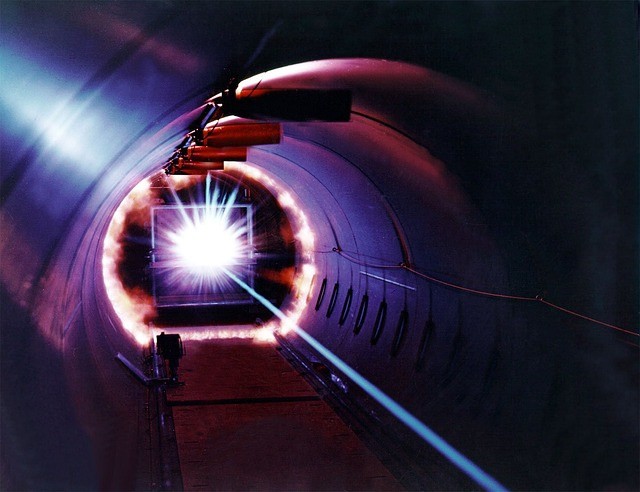The interaction of light with naturally occurring materials is well-understood in materials science and physics. In recent decades, experts have learned to fabricate metamaterials that interact with light in new ways that exceed the physical limitations imposed on naturally occurring materials.

What is a Metamaterial?
A metamaterial is a composite media comprising arrays of "meta-atoms" with characteristics beyond what we see in nature. As a novel class of functional materials, they are designed around unique micro- and nanoscale patterns, which allow them to interact with light and other forms of energy.
The structure of meta-atom arrays facilitates the precise interactions of light and matter. However, relative to regular atoms, the large size of meta-atoms is smaller than a nanometer, limiting the performance of metamaterials for practical applications.
READ ALSO : Time Reflection of Electromagnetic Waves Finally Demonstrated in a Breakthrough Experiment
A Twist on Atomic Sheets
At the University of Pennsylvania, a collaborative team of researchers led by Bo Zhen of the School of Arts & Sciences has unveiled a novel approach that allows atomic structures of materials to be directly engineered. They made this possible by stacking the two-dimensional arrays in a spiral pattern to tap into new light-matter interaction. This approach allows metamaterials to resist the current technical limitations and paves the way for next-generation quantum, imaging, and laser technologies.
The researchers have introduced screw geometries by stacking layers of a material called tungsten disulfide (WS2) and twisting them at certain angles. As they tweak this arrangement at the atomic scale, the experts have bent the rules of what these materials can do. Meanwhile, controlling the twist across multiple layers of WS2 enabled them to create 3D nonlinear optical materials.
According to study first author Bumho Kim, a single layer of WS2 has certain symmetries that enable certain types of interactions with light. In these interactions, two photons at a given frequency can interact with the material to create a new photon at double the frequency under the second-harmonic generation process (SHG).
When two layers of WS2 are stacked with a twist angle different from the conventional zero degree or 180 degrees, all the mirror symmetries in the single layer get broken. This broken mirror symmetry is important because it initiates a new chiral response that is not observed in the individual layers.
The researchers also discovered that screw symmetry allows new selectivity for the electric field of the light in the material, a property that determines its direction and intensity. Additionally, it was found that screw symmetry allows a new kind of light generation in twisted four- and eight-layer stacks. This ability counter-circularly polarized third harmonic generation where light travels in the opposite spiral direction.
When this technique was tested experimentally, the research team confirmed the predicted nonlinearities innate in different configurations of twisted stacks of WS2. The researchers observed new nonlinear responses and circular selectivity in the twisted stacks, which cannot be seen in naturally occurring WS2. Such revelation can have profound implications in the field of nonlinear optics.
RELATED ARTICLE : 'Harry Potter' Invisibility Cloak Now Real? Metamaterials Development Will Allow You to Blend With Your Surroundings
Check out more news and information on Metamaterial in Science Times.
© 2026 ScienceTimes.com All rights reserved. Do not reproduce without permission. The window to the world of Science Times.










